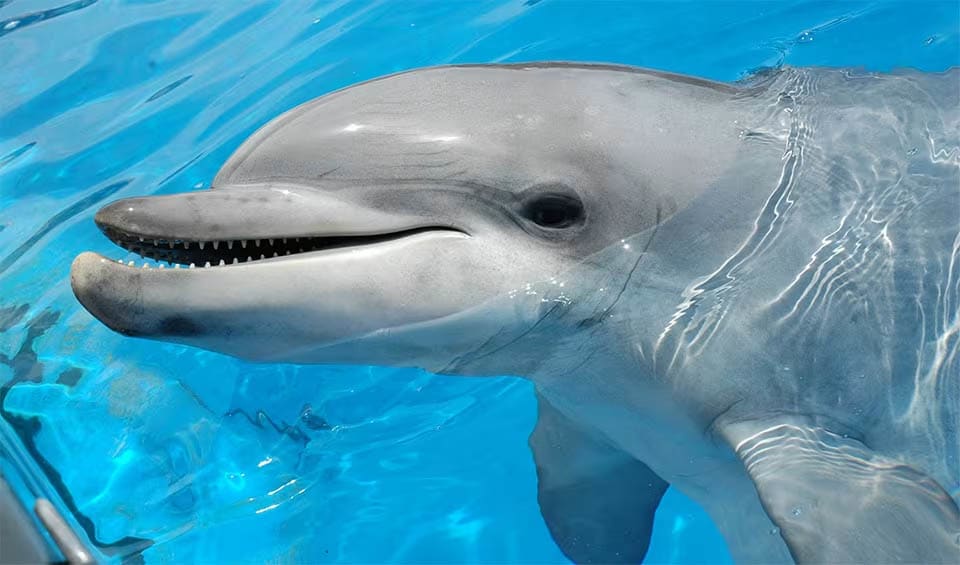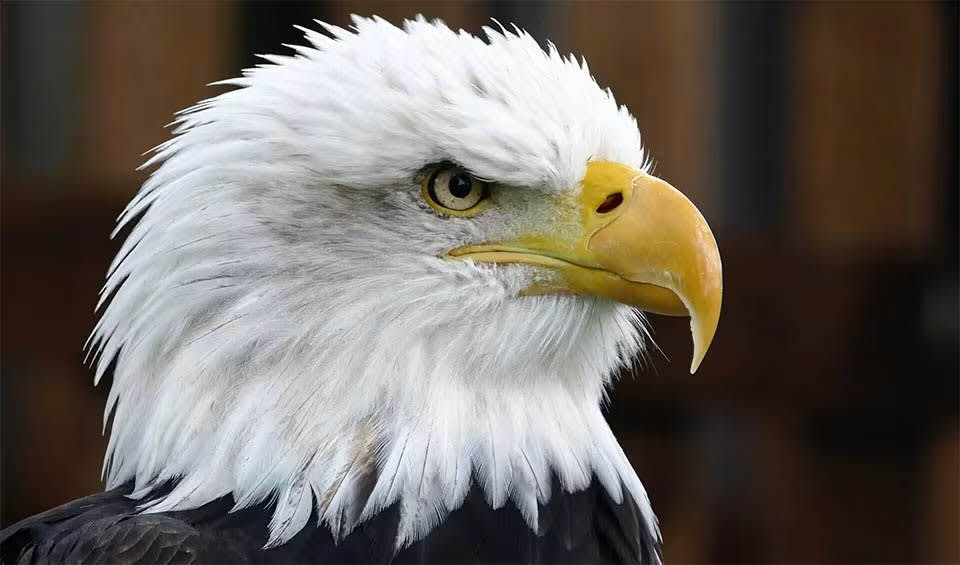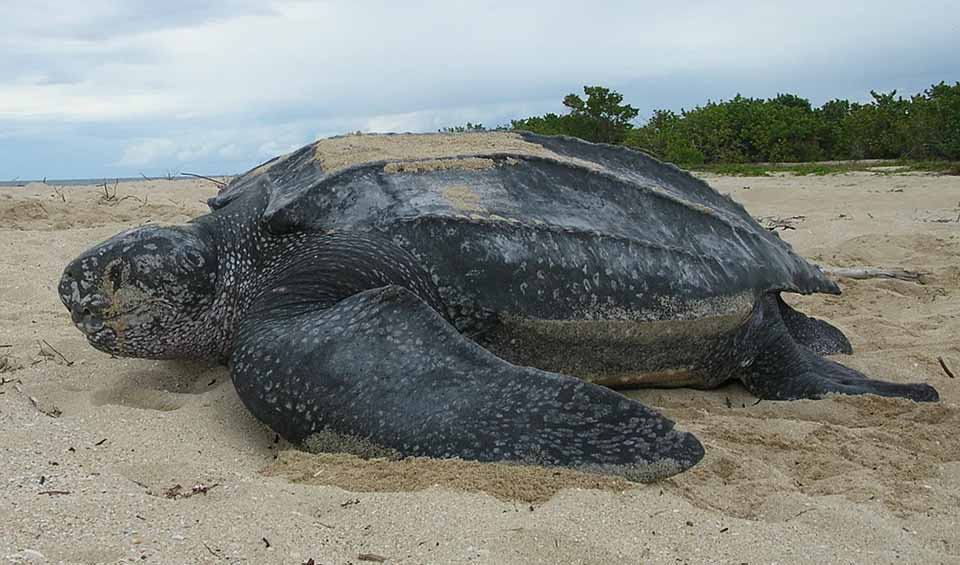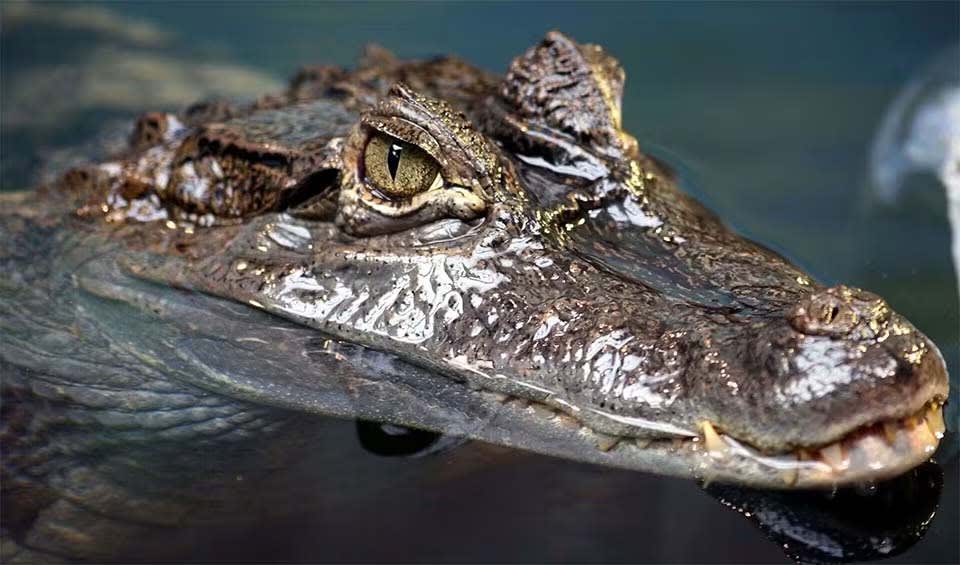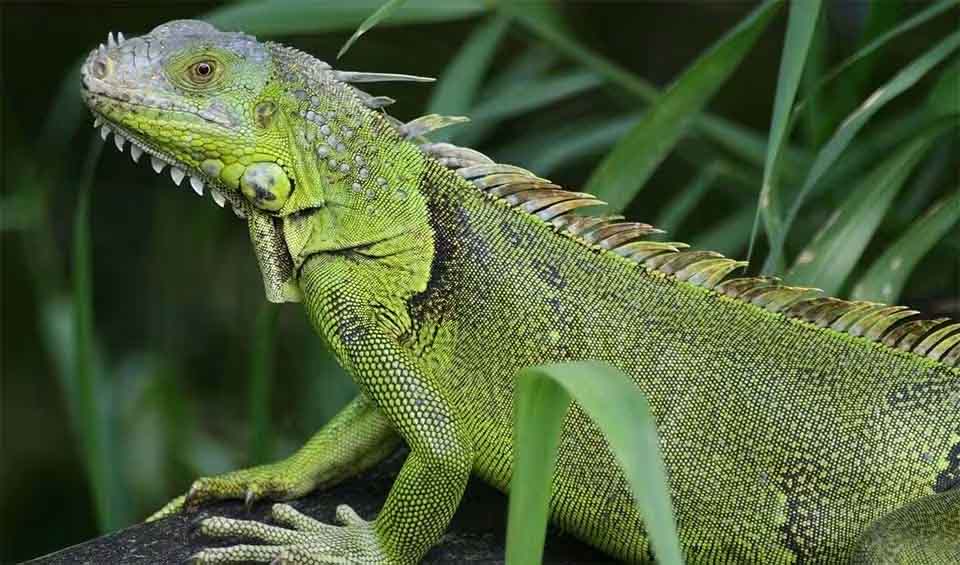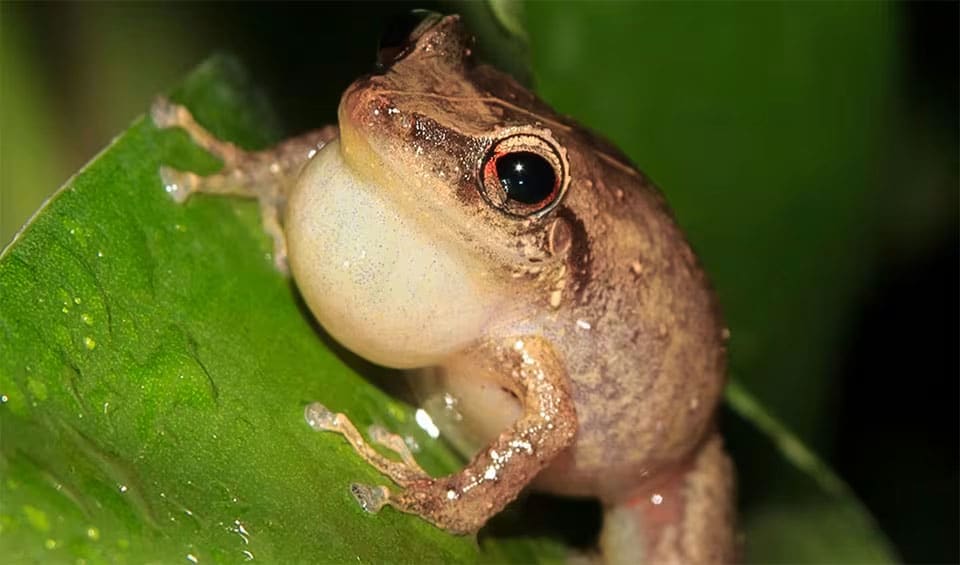Puerto Rico boasts an impressive diversity of natural environments, including rainforests, mangroves, bioluminescent bays, and one of the largest underground cave systems in the world. The island features tree-covered mountains that run its length, framing pristine white beaches and extending to over 12,950 km² (5,000 mi²) of shimmering blue ocean. The territory is home to nearly 300 endemic plant and animal species, such as the endangered and iconic Puerto Rican parrot, one of the rarest birds globally.
These natural treasures also provide critical habitats for other endangered species, including beaches that are crucial nesting sites for sea turtles and vibrant waters that are breeding grounds for manatees. In Puerto Rico, like many Caribbean islands, the fishing and tourism industries are essential to the livelihoods and local economies of the 3.2 million residents, making the health and productivity of the oceans, coasts, and coral reefs crucial for the territory’s wellbeing and prosperity.
Four pillars elaborated:
Puerto Rico features a comprehensive network of protected areas that span both land and sea, dedicated to preserving the island’s rich ecological diversity. These sanctuaries include lush forests, untouched beaches, and vibrant coral reefs, falling under various categories such as national wildlife refuges, state forests, natural reserves, and marine protected areas. Each category adheres to specific regulations and management strategies designed to maintain the ecological integrity of these habitats. Notably, about 16% of Puerto Rico’s land, encompassing both public and private territories, is classified as protected. This extensive network of protected areas is vital for conserving biodiversity, delivering ecosystem services, and fostering sustainable development across the region. Land Management
Land Management
Puerto Rico faces several critical threats to its biodiversity, including deforestation and habitat loss, which result from the conversion of forests and natural habitats for agriculture, urban development, and infrastructure. This leads to significant habitat fragmentation and poses a major threat to the island’s endemic and endangered species. Invasive species such as the green iguana, Asian lionfish, and various non-native plants have also contributed to the decline of native species by outcompeting them for resources. Water pollution and coastal degradation from industrial, agricultural, and urban runoff adversely affect marine and coastal ecosystems, endangering coral reefs and other sensitive habitats. Threats to Biodiversity
Threats to Biodiversity
Furthermore, Puerto Rico is highly susceptible to the effects of climate change and natural disasters, such as sea-level rise, increased storm intensity, and shifting rainfall patterns, which disrupt ecosystems and put vulnerable species at risk. The lack of effective conservation efforts, exacerbated by limited resources and funding, hampers the protection and management of the island’s biodiversity, highlighting the need for improved enforcement and management of protected areas.
Puerto Rico has taken several initiatives to preserve and protect the environment in recent years. One of the most significant steps is the development of a comprehensive recycling program. The government of Puerto Rico has established recycling centers throughout the island, making it easier for residents to recycle plastic, glass, paper, and other materials. Additionally, Puerto Rico has set a goal of generating 50% of its energy from renewable sources by 2025. Capacity and Governance
Capacity and Governance
To achieve this target, the government has implemented several measures, including tax incentives for renewable energy producers, and the creation of a green energy fund to finance renewable energy projects. Puerto Rico has also designated several protected areas, including the El Yunque National Forest, to safeguard its unique flora and fauna. Finally, the government is taking steps to reduce the use of single-use plastics by banning the use, sale, and distribution of single-use plastic bags, straws, and other plastic products.
The Puerto Rico Sea Grant Strategic Plan for 2024-2027 outlines a vision for a future where knowledgeable resource users and well-informed decision-makers coexist harmoniously with the island’s coastal and marine ecosystems. The plan emphasizes research, education, and outreach to encourage sustainable practices and biodiversity conservation. Complementing this, the Eastern Puerto Rico Ecosystem Resilience Through Conservation initiative seeks to bolster the resilience of the island’s eastern region, known for its rich biodiversity and extensive primary forests. This initiative focuses on protecting endangered species, restoring degraded habitats, and promoting sustainable land management. Future Trends
Future Trends
Additionally, a study on Environmental Awareness and Willingness to Pay for Biodiversity suggests that Puerto Rico’s residents are prepared to financially support conservation efforts, underscoring the potential for community-driven initiatives and public-private partnerships to enhance future biodiversity strategies.
Biodiversity
Puerto Rico is home to a diverse range of flora and fauna species, many of which are endemic to the island. Some of the iconic flora species of Puerto Rico include the Puerto Rican royal palm, the ceiba tree, and the flamboyant tree, which is known for its vibrant red flowers. The island is also home to several orchid species, including the national flower of Puerto Rico, the flor de maga. In terms of fauna, Puerto Rico is known for its diverse bird population, including the Puerto Rican parrot, which is one of the rarest birds in the world.As for landscapes, Puerto Rico boasts a variety of stunning natural areas, including the El Yunque National Forest, which is the only tropical rainforest in the US National Forest system. The island also features several beautiful beaches, such as Flamenco Beach on the island of Culebra, which has been ranked as one of the best beaches in the world. The bioluminescent bay in Vieques is another unique natural wonder that attracts visitors from all over the world.
In the table below are the number of known species in several main groups, how many of these species are Threatened with extinction, and how many of them are Endemic (unique to Puerto Rico only):
| Species (World rank) |
Threatened | % Threatened | Endemic | % Endemic | |
|---|---|---|---|---|---|
| Mammals | 41 (#166) | 2 | 4.9% | 1 | 2.4% |
| Birds | 238 (#158) | 13 | 5.5% | 17 | 7.1% |
| Reptiles | 77 (#103) | 16 | 20.8% | 46 | 59.7% |
| Amphibians | 26 (#86) | 14 | 53.8% | 15 | 57.7% |
| Fishes | 803 (#71) | 38 | 4.7% | 2 | 0.2% |
| Plants | 3,309 (#108) | 64 | 1.9% | 245 | 7.4% |
mammals
Hooded seal
Only males possess a unique, inflatable, balloon-like nose that they can inflate into a large red shape
Common bottlenose dolphin
Known for their acrobatic leaps, twisting and turning gracefully as they jump completely out of the water
birds
Bald eagle
The magnificent national bird of the United States, distinguished by a snowy white head, neck, and tail
Scarlet macaw
One of the most colorful birds — effortlessly falls in love
Wood duck
The red-eyed hipsters of the duck world
reptiles
Leatherback sea turtle
The mysterious diver of the ocean is the largest and only sea turtle without a hard shell and scales
Spectacled caiman
You might get the worst scare of your life if you see the crimson glow in the eyes of these creatures at night
Green iguana
From the US down to Brazil, this trans-American lizard is the most common iguana
amphibians
Cane toad
When a big one meets a smaller one, it’s lunch!
Common coqui
They can be quite loud, reaching noise levels of up to 80 decibels – the equivalent of a running lawnmower!
American bullfrog
Introduced to many regions where it is now considered an invasive species
National Animals
Common coqui
They can be quite loud, reaching noise levels of up to 80 decibels – the equivalent of a running lawnmower!

